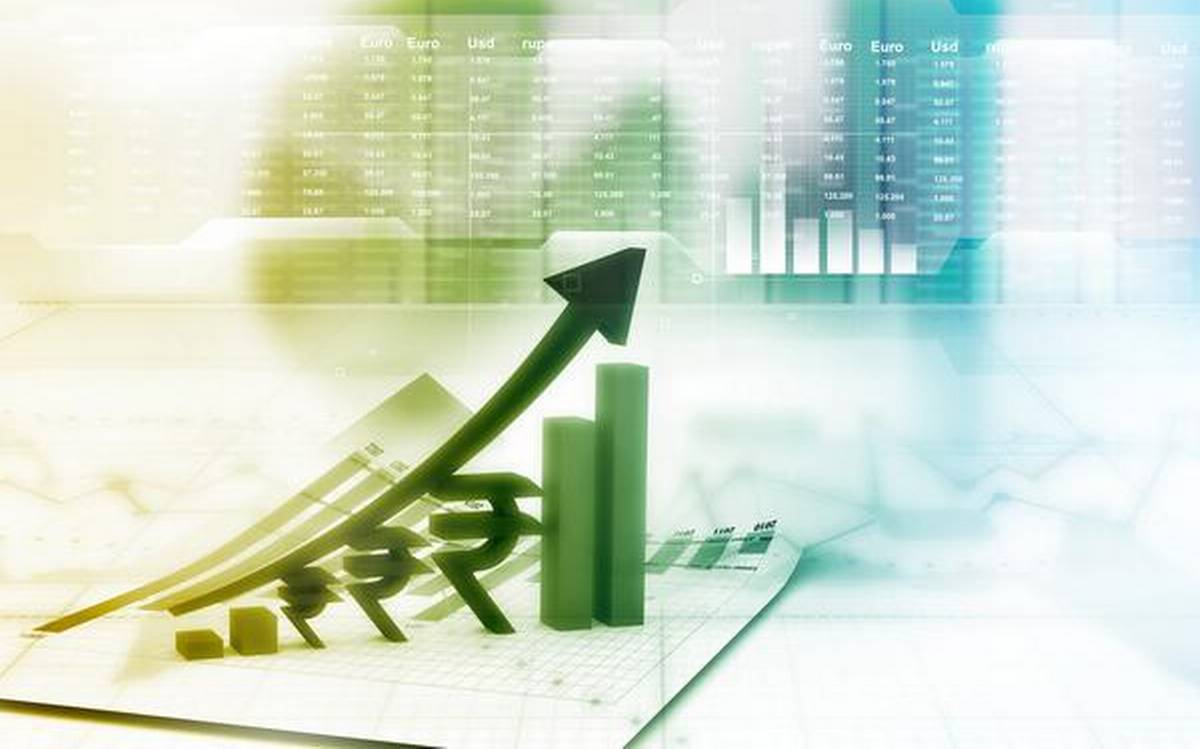
Economy back on the track
According to the GDP data published on 31 August 2021, India’s GDP at constant prices (base year 2011-12) in the first quarter (April-June) of the year 2021-22 reached rupees 32.38 lakh crores, up by 20.1 percent over the corresponding quarter of the previous year. If we look at the current prices, then the GDP has reached 46.20 lakh crore with a jump of 26.5 percent as compared to this quarter of last year. When we analyse this boom in this quarter, the sector of the economy that has seen the biggest jump is the industrial sector. In this sector a jump of 49.6 percent is seen in manufacturing and 68.3 percent in construction. Mining registered a growth of 18.6 percent and trade, hotels, transport and communication services registered a growth of 34.3 percent. In fact, this is news of great relief for the Indian economy which has been worst hit due to Covid.
While the government is giving credit to its policies for this jump, the opposition has termed it to be due to low base effect, caused by decline in GDP due to the shutdown of economic activities resulting from lockdown in the first quarter (April-June) of 2020-21 last year. But even if we concede this argument of the opposition, it has to be accepted that the Indian economy is now coming out of the effects of the pandemic. Significantly, due to the economic activities in the country coming to a standstill due to the pandemic, unemployment had peaked a record level.
Manufacturing had almost come to a halt and the workers had migrated to their respective villages. On the other hand, in factories and offices that were still functioning, workers were forced to work for half salary or even less. Transportation was halted, due to which the demand for petroleum products reached the rock bottom. Be it air travel or rail or road transport, everything was closed due to lock down. With the automobile sector accounting for almost half of the manufacturing in the country, there was an unprecedented drop in demand for scooters, cars, trucks and other commercial vehicles. Apart from essential services, all financial and business services were almost closed. This had an adverse impact on both GDP and unemployment.
In the light of the current data, it is becoming clear that the economy is coming out of the impact of that decline in the past. The largest growth (234.4 percent) was registered in sale of commercial vehicles. A relatively smaller but still huge increase (110.6 per cent) was in the sales of private vehicles and steel (103.1 per cent). The production of cement also registered a significant increase (52.9 per cent). Railway passenger traffic (passenger kilometres) increased by 5560 percent. Imports of goods and services grew by 72.8 per cent and exports by 49 per cent. The index of industrial production also rose and index of manufacturing saw a jump of 53.7 percent. The growth in 'cargo' on ports was 26.5 percent and 'cargo' at airports registered a growth of 118.6 percent. There was a 366.3 percent increase in the number of passengers at the airports. All these figures show that in this quarter of last year, since economic activities were badly affected due to the lockdown, the growth of this quarter of 2021-22 clearly shows that it is not only making up for the decline of last year, but also showing a sign of recovery of Covid hit economy; despite the fact that country was facing a partial lockdown due to second wave, even during this quarter. We can say that economy is slowly returning to normalcy.
After this unprecedented decline in the economy, various types of efforts have been by the government. Special employment programs to compensate for migrated labour in their door steps, provision of free ration to 80 crore people, various types of reliefs, supports, policies and measures were adopted for small and medium enterprises. Efforts have also started to take the economy on the path of self-reliance to achieve the avid goal of Aatmanirbhar Bharat.
Significantly in the last 20 years, the manufacturing sector of the country has been badly hit due to unequal competition from China, unethical practices followed by China like illegal export subsidies, under invoicing, illegal dumping etc. Many industries were closed and unemployment increased manifold. During the Corona period, resentment towards China has also increased in the whole world and there is unprecedented desire for self-reliance in the countries of the whole world. Various measures are being adopted by the Government of India towards the goal of self-reliance. The policy of giving priority to indigenously manufactured goods in government procurement has been going on for the last 4-5 years; and now the government has announced a scheme of production linked incentives (PLIs) to revive manufacturing in India. In which an amount of about Rs 2 lakh crore has been allocated for the next few years. To stop imports from China, import duties are being increased, anti-dumping duties are also being imposed and efforts are being made to stop imports from China through non-tariff measures also.
Due to all these efforts, the manufacturing sector of India can get a new lease of life. We know that manufacturing is a sector which has the highest employment potential as compared to other activities. Manufacturing is an important source of employment worldwide. Due to getting more employment, more sources of income are generated through manufacturing. It can be assumed that due to the large increase in manufacturing in this quarter, the loss in employment and incomes will be compensated. But one cannot conclude from a quarter’s results that the economy has come out of the blues. It can definitely be said that these results show that the economy is getting back on track. India will need to make a big push to become a 'manufacturing hub' in the world, turning the growing anger towards China around the world into an opportunity during the pandemic.


